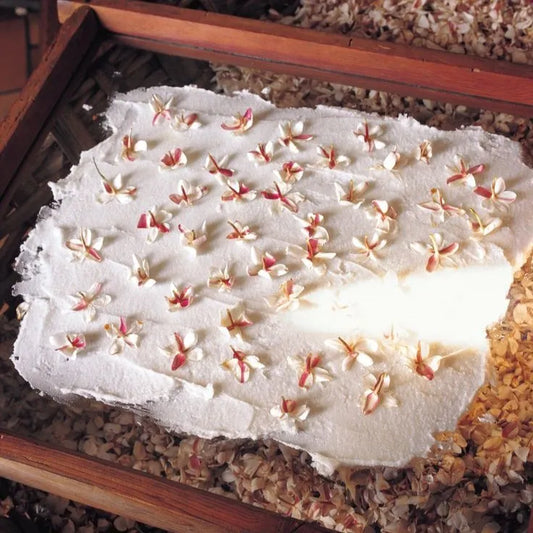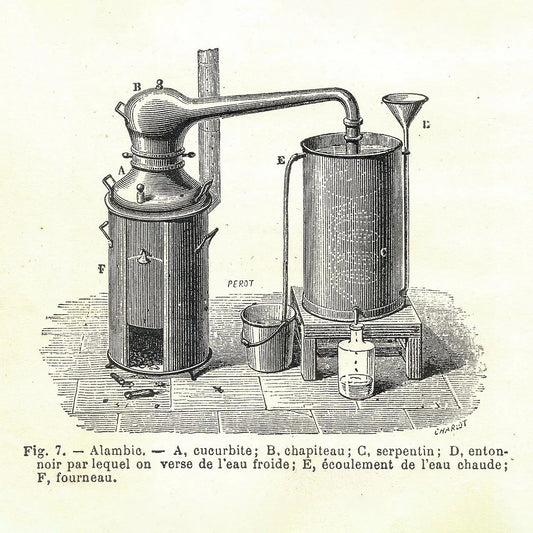The cost of various essential oils to the consumer can be confusing, especially when one company’s lavender essential oil is twice the price of another’s. There are several reasons for this paradox.
First, each plant species has a number of different varieties, all of which may be called by the same common name, but that may come from an entirely different plant. Most lavender essential oil may come from the plant Lavandula angustifolia, for example, while some may come from the cultivar Lavandula hybrida, a less common plant that the company bottling it may feel justified in selling at a higher price point. This does not make one product better than another; it’s simply the choice of that company to sell a different variety.
Staying with lavender for a moment, shoppers find that bottlers may purchase their lavender essential oil from a range of sources, both domestic and overseas. Oils purchased from Bulgarian farms may be less expensive than the ones that come from France, while lavender farms in the United States may offer their own oil and pass on the cost of growing, harvesting, and distilling the oil to the customer in higher pricing.
It’s easy to scan across a Google screen’s ads and think that all the bottles of lavender essential oil displayed there are the same size, but companies may offer bottles ranging from 0.5 ounce to 2 ounces or higher, with higher prices for the larger bottles. Some bottlers use milliliters rather than ounces, offering bottles at 10 mL, 15 mL, 60 mL, and higher. Each increment changes the price point, of course, which may not be immediately apparent until shoppers actually click on the image and see the size of the bottle.
We have compared lavender to lavender, but some essential oils are a good deal more expensive than others because they are harder to grow and harvest. As common as the name sounds, rose essential oil is one of the most expensive in the world, because the plant yields so little of its essence in the distillation process. According to Luxatic, a website that follows luxury living, acquiring rose oil requires four tons of rose petals for every pound of oil extracted. Indeed, bottles of rose essential oil may provide as little as 2.5 mL for a staggering $70—and Revive, which offers this barely affordable vial, notes that it took 52.5 pounds of rose petals to provide these few drops of scent.
In some cases, an oil can only be obtained in one region or country, giving the grower or exporter the upper hand in setting high pricing for the entire world. Sandalwood, for example, is a popular scent from a tree that grows only in India, making an ounce of it a $500 purchase. (Young Living gets its sandalwood from the Kona Sandalwood Reforestation Project in Hawaii, and just 5 mL [0.17 ounce] of it costs customers more than $130.)
Several essential oils are much in demand by the fragrance industry and are highly prized for their exotic and rare scents. Tuberose absolute, frangipani, and champaca absolute will never appear in the local drugstore, and they are part of the reason for the high prices of top-shelf perfumes. A single ounce of champaca essential oil is well out of reach of the middle-class paycheck, running the purchaser more than $2,200 and making it the most expensive essential oil in the world.
Despite the wide range of prices for various oils, consumers may find companies that offer all their oils at very similar prices. Shoppers should see this lack of disparity between oil prices as a clanging alarm bell to shop elsewhere, as these standardized prices (“any oil for $8!”) almost certainly signal that these bottles do not contain pure essential oil. It is simply not possible for a bottler to purchase lavender, rose, and neroli essential oil—another in the world’s most expensive, extracted from the blossoms of the bitter orange tree—and offer them all for the same low price unless they have been diluted significantly with alcohol or even with water.
As with any purchase, it pays to be an informed shopper when purchasing essential oils. A little homework will reveal that pricing between the largest companies is not very different, and discount pricing from bulk marketplaces may not actually be a bargain. Look for botanical names and descriptions of origins (written to be enticing and poetic but also to provide facts about where and how the oils were obtained) to feel confident that the oil you decide to purchase is actually what the purveyor says it is.





